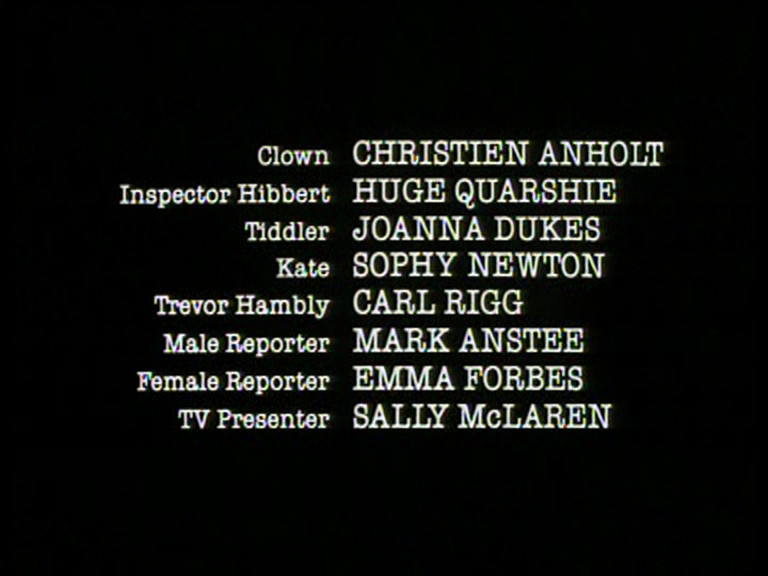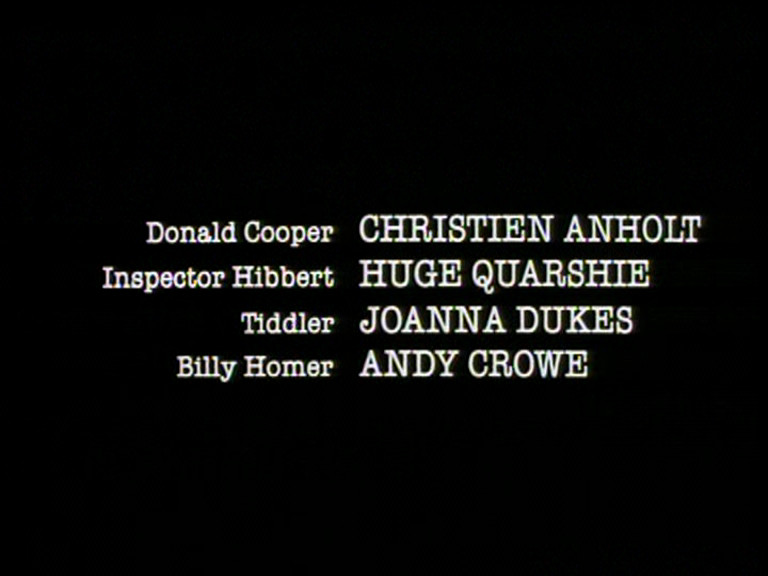Sometimes my knowledge of a popular science fiction sitcom can reach mildly irritating proportions. When this happens, I do feel the urge to share it with you, and spread the irritation around equally,
Take the following episode of Press Gang Series 4, “Love and War”, broadcast on the 28th January 1992. We are particularly interested in the voice of Colin’s ludicrous electronic briefcase.
Now, the actor for the briefcase isn’t listed in the end credits. Which is peculiar – sure, it’s only a voice, and an electronically altered one at that, but it’s very clearly a comedy performance. But not to worry. Because I recognised that voice.
Here’s a clip from Red Dwarf, “Emohawk: Polymorph II”, broadcast nearly two years later, on the 28th October 1993. The gang are being tracked by a Space Corps External Enforcement Vehicle, whose voice should sound rather familiar:
Luckily, the voice is actually credited in Red Dwarf. It’s Hugh Quarshie, probably best known as Ric Griffin for nearly two decades of Holby City, as well as appearing in The Phantom Menace, and a million and one other things.
And one of those million and one other things? Erm, Press Gang. Specifically, the two parter “The Last Word” in Series 3, broadcast on the 28th May/4th June 1991. With that, the final piece of the puzzle clicks into place: Series 3 and 4 of Press Gang were produced and shot simultaneously.
So who did Quarshie play in “The Last Word”? Answer: Inspector Hibbert, an important character with a crucial moral choice at the end of the show. I won’t spoil that moral choice if you haven’t seen it, but here he is from earlier in the story:
Those two episodes are some of the most serious material the show ever did. Who knew that Quarshie’s turn as an Inspector in a two-parter mediating on gun crime, suicide, and the nature of guilt would be followed up with… a silly talking briefcase? Come to think of it, that seems to be Press Gang in a nutshell.
Still, it really is a shame he wasn’t credited in “Love and War”, but at least Hugh Quarshie got a proper credit in “The Last Word”.
Huge Quarshie?
Oh well.
With thanks to Christopher Wickham. A version of this post was first published in the November issue of my monthly newsletter.
Read more about...
press gang, red dwarf


